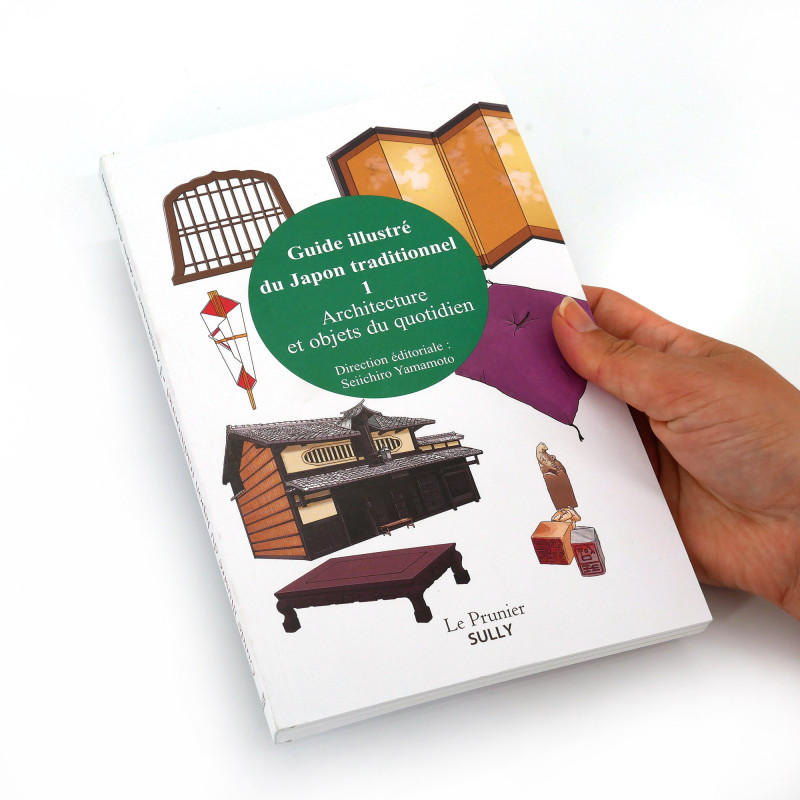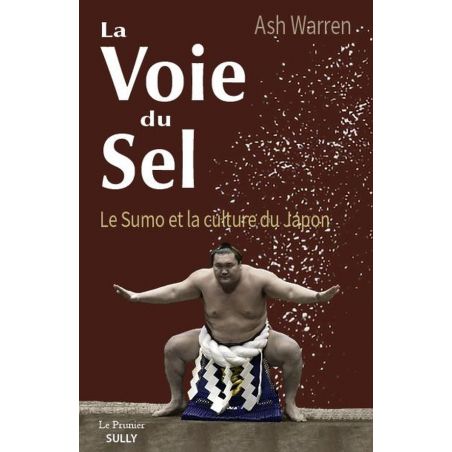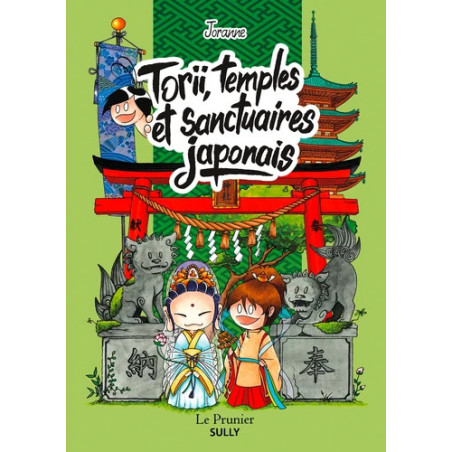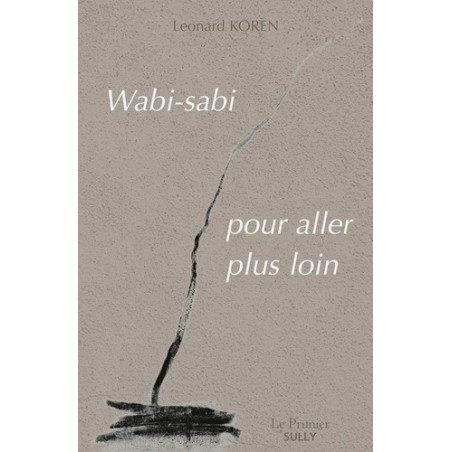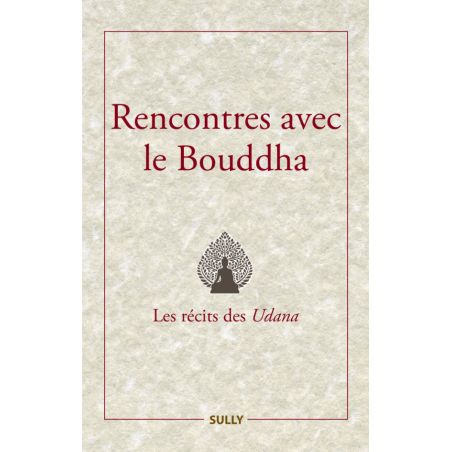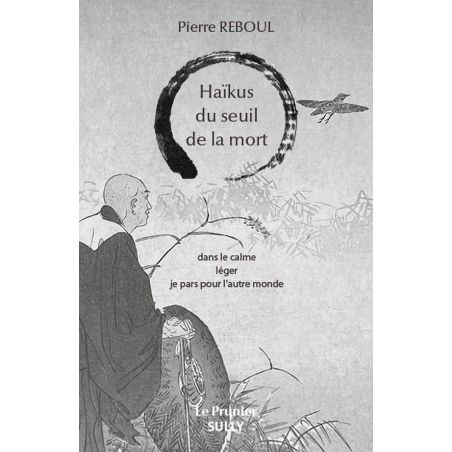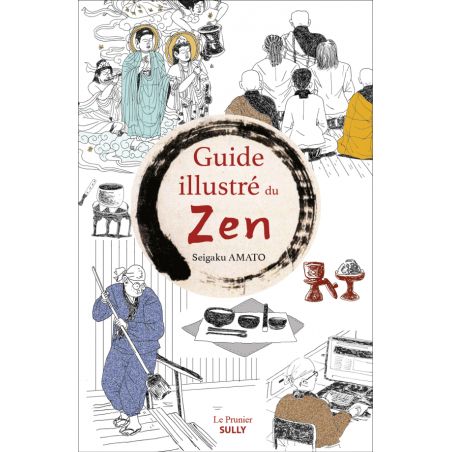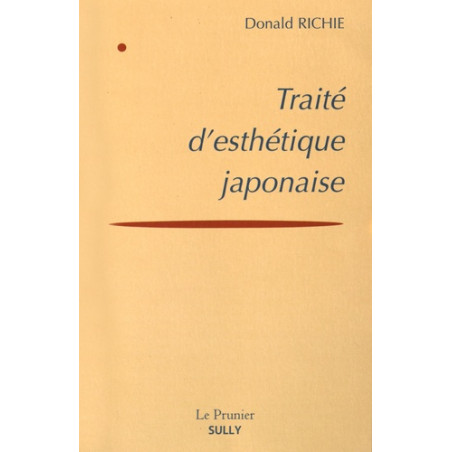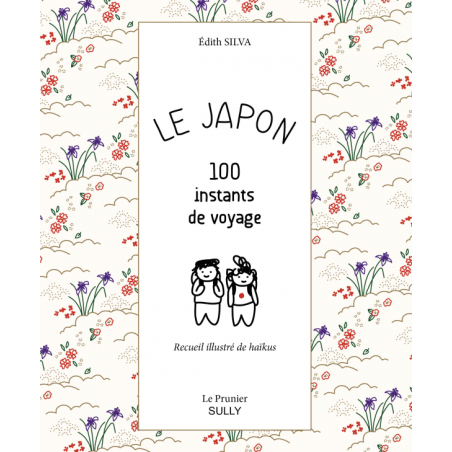Book written in French - Illustrated Guide to Traditional Japan 1, Architecture and Everyday Objects

Book - Illustrated Guide to Traditional Japan 1, Architecture and Everyday Objects
Brand:
PRODUCT SPECIFICATIONS
| width | 30 cm |
|---|---|
| length | 40 cm |
| Product origin | Made in France |
| Language | Written in French |
Learn more
Collection: The Prunier
Number of pages: 144
Format: 150 x 225
Release date: July 2019
Language : French
ISBN: 978-2-35432-321-9
Translated by Marie Maurin
color illustrations
A country of incredible modernity and technical excellence, Japan has another older, more discreet face that it has inherited from its history as well as from its culture, customs, beliefs, know-how and the art of living that has developed there over time. This is what this Illustrated Guide to Traditional Japan introduces us to.
This volume consists of two parts. The first is devoted to architecture, in particular houses, tea pavilions (chashitsu), gardens, public and open-air baths, Shinto shrines, Buddhist temples and other castles in the Archipelago. The second gives an overview of the objects and materials traditionally used by the Japanese for furniture, for lighting, warming, giving gifts, indulging in the art of calligraphy (shodô) or the way of incense (kôdô), and venerate their ancestors, the Shinto deities and the Buddha.
This book is aimed at both travelers and curious minds looking for precise and detailed information. It was designed to give a taste of the traditions of an astonishing country, able to look resolutely towards the future without losing anything of the very essence of its identity, namely a deep harmony between man and nature, an acute awareness of the precariousness of existence and the innate sense of poetry.
SHIPPING AND RETURNS
Delivery times:
- 1 to 3 business days for France, Belgium, and Switzerland.
- 3 to 5 business days for other European countries.
- 3 to 5 business days for other countries via DHL.
This item is shipped from our warehouse in France.
You can return or exchange an item within 14 days of receiving your order. For more information, please consult our Return Policy.

.jpg)

















































































